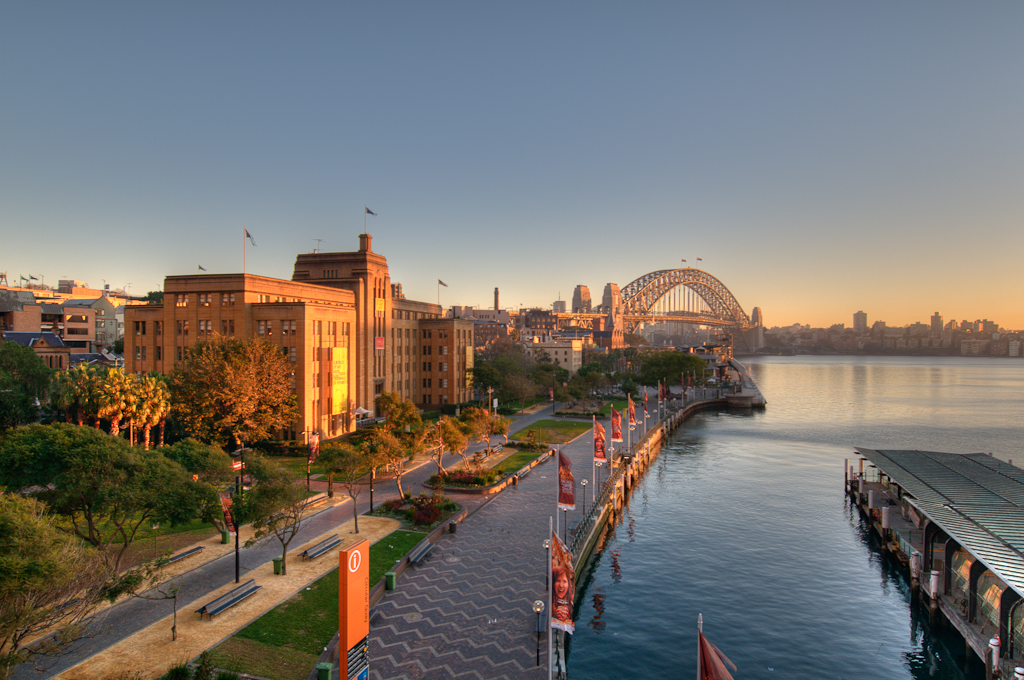The Dictionary of Sydney was archived in 2021.
Sydney harbour and Museum of Contemporary Art 14 August 2009

By
Contributed By
((CC BY-NC-ND 2.0))

